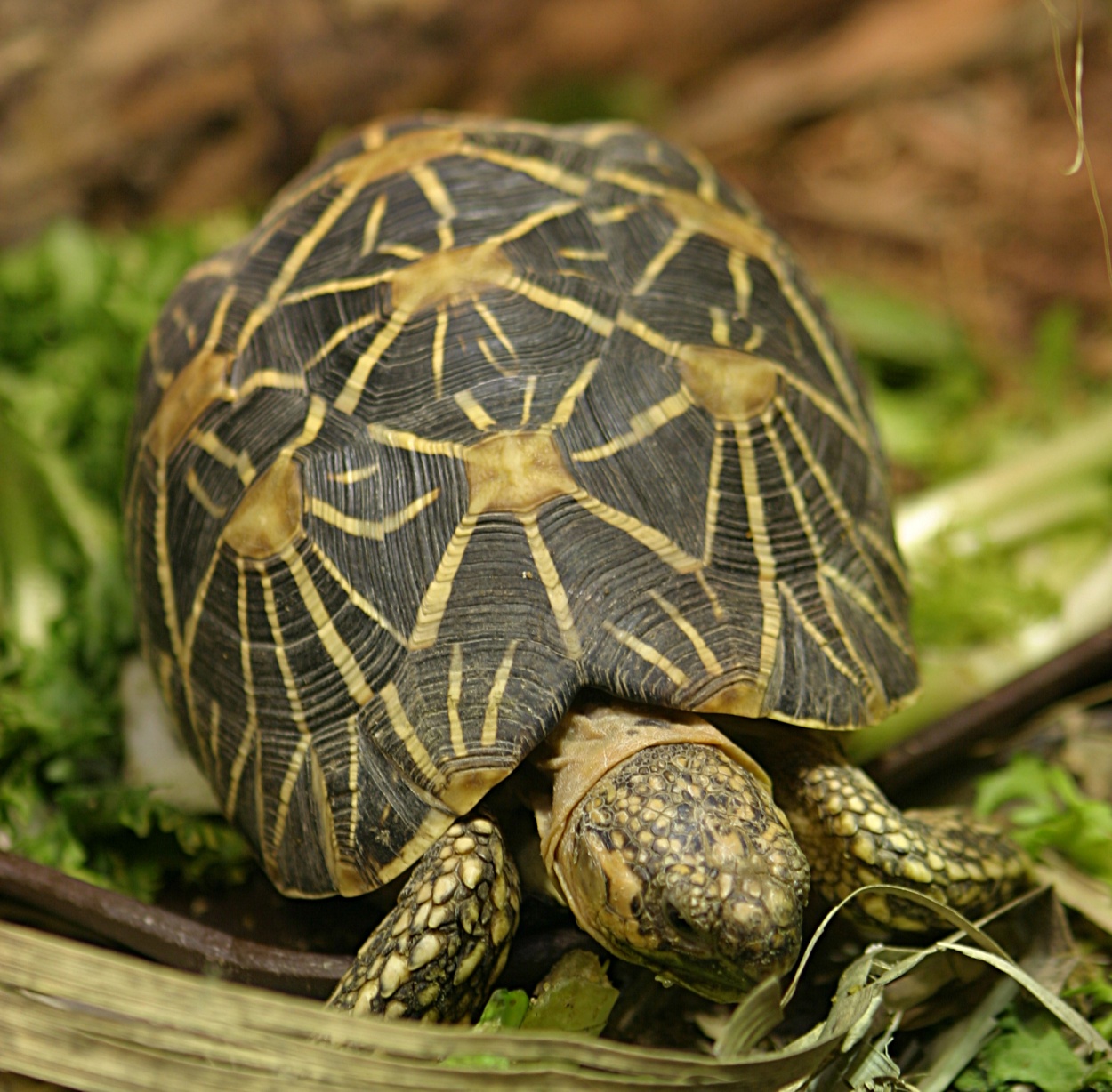Diana - An archaeological discovery at Stafford Castle can tell us something of the early relationship we had with domestic pets in the 19th century.
Duncan - So what have they found at Stafford Castle, Diana?
 Diana - Archaeologist Dr. Richard Thomas from the University of Leicester discovered a rather unusual leg bone amongst the skeletal remains of cats and dogs in the castle grounds, dating to the late 19th century. The leg bone was identified as belonging to a tortoise - perhaps the earliest evidence of such an animal being kept as a family pet in Britain. And these finds have been reported in the journal Post Medieval Archaeology.
Diana - Archaeologist Dr. Richard Thomas from the University of Leicester discovered a rather unusual leg bone amongst the skeletal remains of cats and dogs in the castle grounds, dating to the late 19th century. The leg bone was identified as belonging to a tortoise - perhaps the earliest evidence of such an animal being kept as a family pet in Britain. And these finds have been reported in the journal Post Medieval Archaeology.
Duncan - How do we know the tortoise was being kept as a family pet?
Diana - That's a good question. The fact that it was discovered alongside the remains of cats and dogs is a good indicator that this tortoise was being kept as a pet by the caretaker family, and they were living in the castle at that time. So, Dr. Thomas stated that whilst there is archaeological evidence in Britain for turtles and terrapins from the 17th century onwards, these were largely kept for food, and the discovery at Stafford Castle is the first evidence we have for a land tortoise. Now the 19th century was also a turning point in the general attitude society had towards animals as domestic pets.
Duncan - What do you mean?
Diana - In medieval and early modern Britain, society was deeply religious and the morality of keeping animals as pets was highly suspect. So exotic creatures, particularly those from outside Europe, generated a great deal of curiosity and fascination. But to keep them as companions was socially unacceptable. So, domesticated animals were kept for food, milk, cheese, butter, meat, wool, leather, and so on, and so on. In the case of dogs, many were kept obviously for hunting and herding. However, things began to change in the 17th century with the dog-loving Stuart Kings.
Duncan - Yes, I love those 17th century portraits of members of the House of Stuart, sitting alongside their fluffy-eared King Charles Cavalier Spaniels.
Diana - Exactly right and dogs especially were seen as wonderful companions to have around the house or in their case, the palace. And so, certain animals were now seen in a different light and the famous 19th century Sculptor Joseph Scott, created a number of very sentimental sculptures of animals and in 1822, the British government passed the Richard Martin's Act which prevented cruelty to farm animals. This paved the way for the Foundation of the Society for Prevention of Cruelty to Animals, in 1824, which was the first animal welfare charity to be established anywhere in the world and it was granted its Royal status in 1840 by Queen Victoria.
Duncan - What an incredible achievement and something that I think we should all be very proud of. I guess the founding of the RSPCA set into motion all kinds of wonderful movements around the world, dedicated to animal welfare issues that continue on to this day. But what of our tortoise bone at Stafford Castle?
Diana - Well tortoises were unusual, but it was this age-old fascination with the exotics that made them desirable as pets around this time, but suddenly their popularity in the 20th century meant that thousands of wild tortoises were transported from the Mediterranean and North Africa to the UK, but they suffered terrible conditions, only to end up as pets in households which couldn't look after them properly. It was only with European legislation in 1988 that made the trade in wild tortoises illegal.
Duncan - So there is a happy ending.










Comments
i like turtles.
i like turtles.
Add a comment